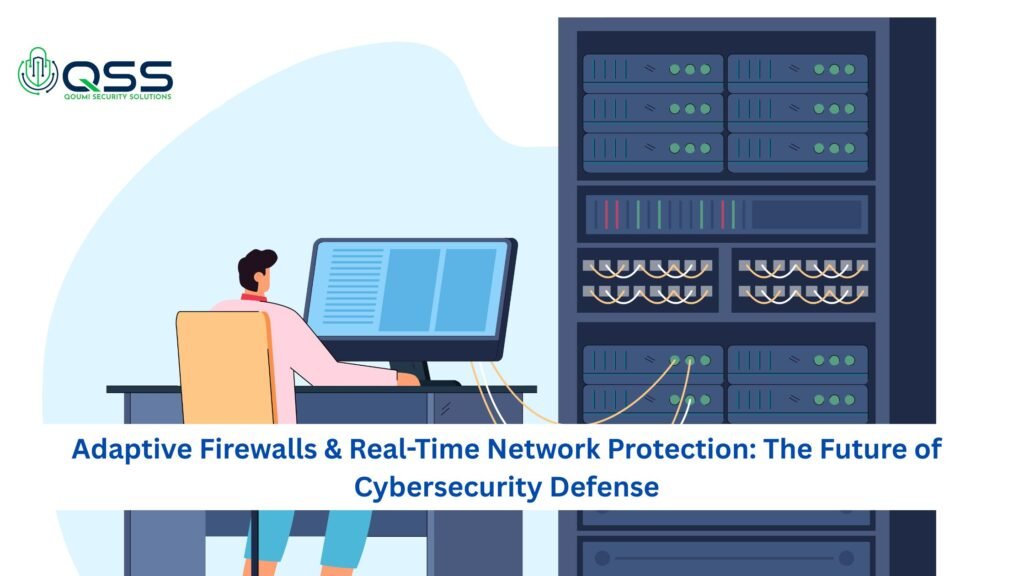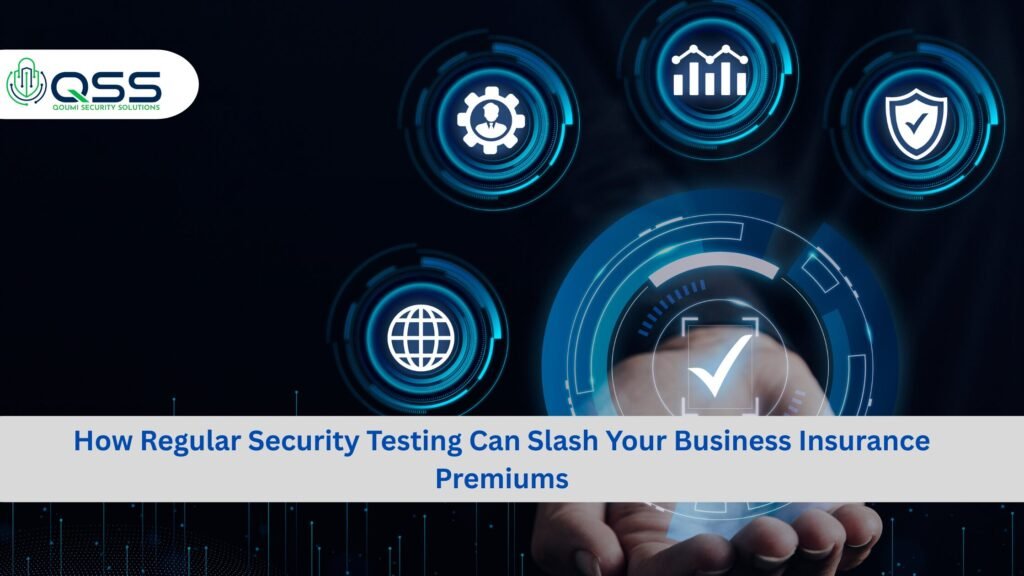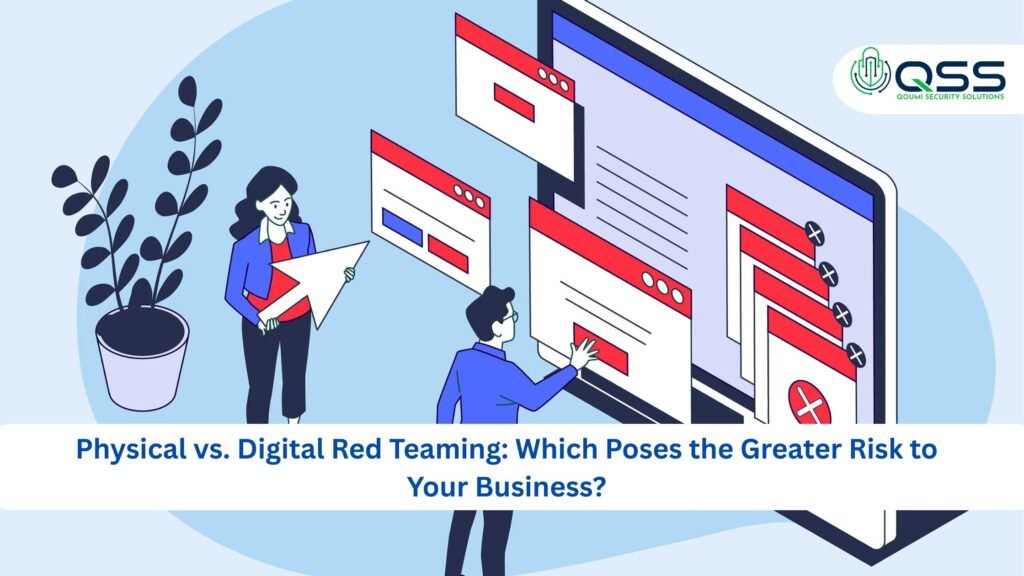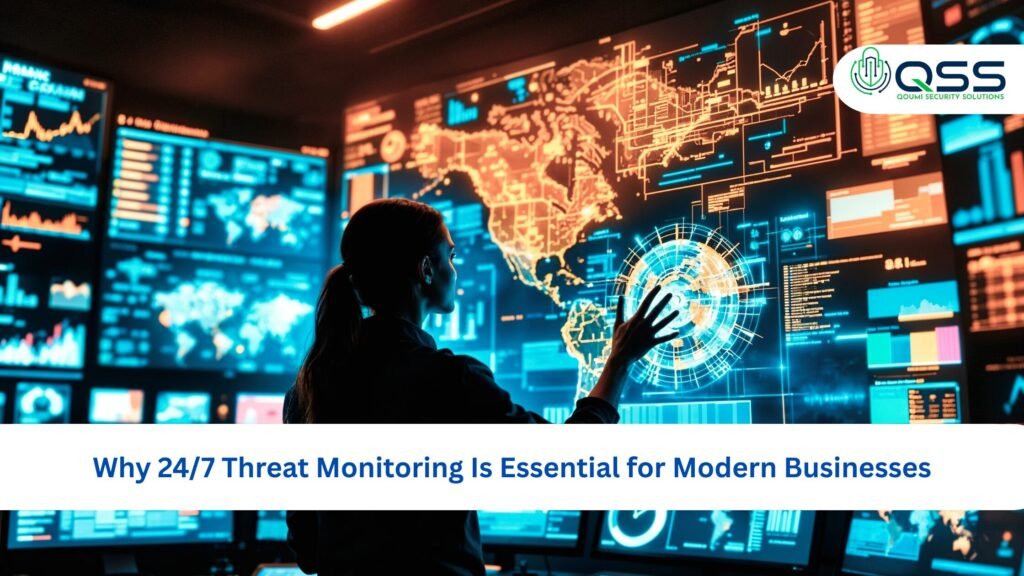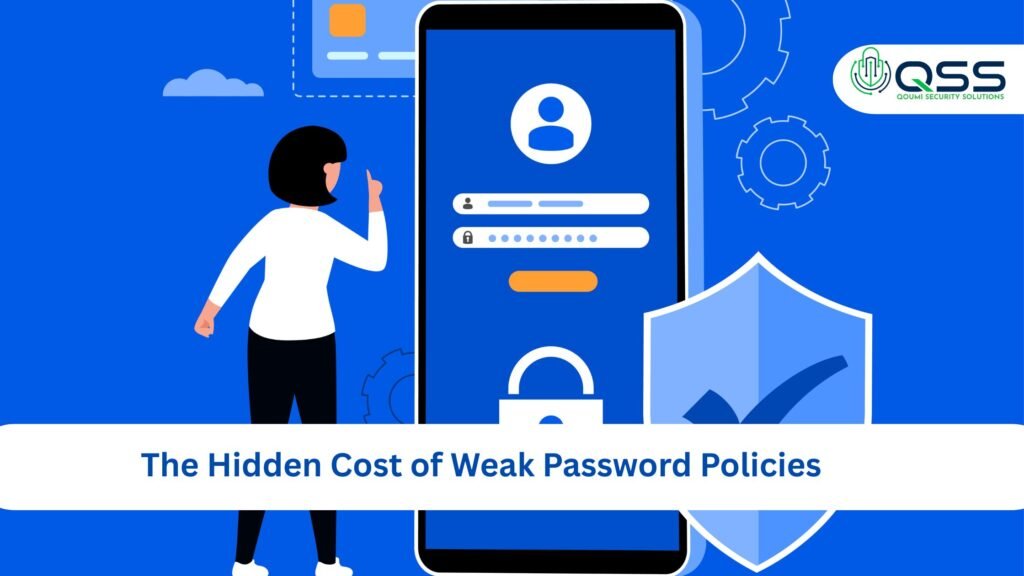Single Blog
Moving to the Cloud? Here’s Why You Need a Security Assessment First
Moving to the Cloud? Here’s Why You Need a Security Assessment First
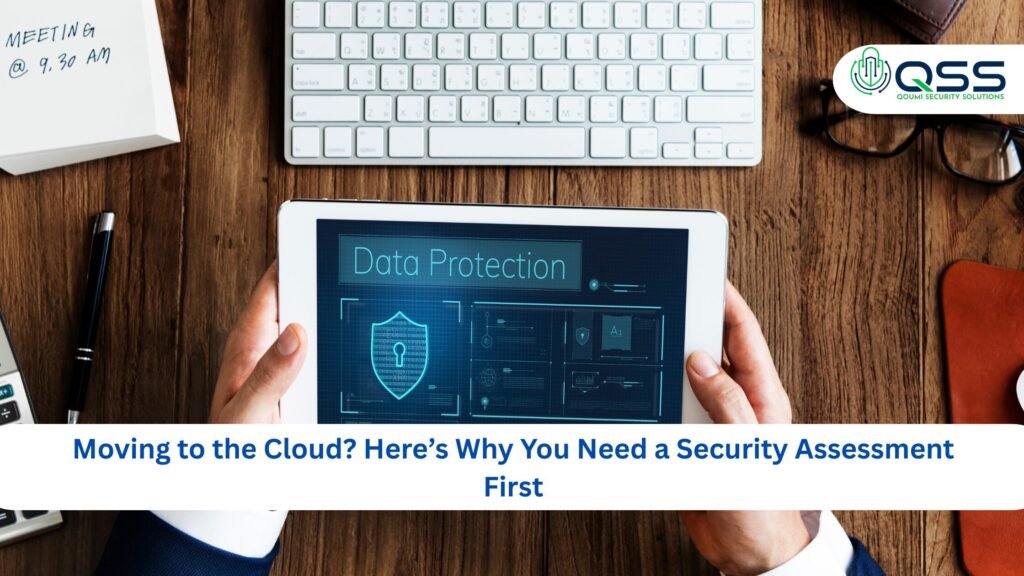
If you’re planning a cloud migration, the decision could transform your business—unlocking flexibility, reducing costs, and giving you access to the latest digital innovations. But don’t let the excitement cloud your judgment. Failing to run a thorough cloud security assessment before the move could expose your organization to serious cyber threats, costly downtime, and compliance risks you never anticipated.
Understanding Cloud Security Assessment
A cloud security assessment is an expert-led review of your cloud environment—from configuration to access control and data protection. Far more than an automated scan, it blends manual analysis with industry frameworks like NIST and ISO 27017, ensuring each security control is up to scratch. Think of it as a routine checkup for your digital infrastructure—a way to flag vulnerabilities, hidden risks, and compliance gaps before attackers do.
Why Security Assessment Should Be Your First Step
1. Cyber Threats Don’t Wait
Cloud environments are dynamic, with new resources spinning up and old ones shutting down every day. This flexibility is great, but it hides cyber threats from misconfigurations, excessive permissions, and unpatched workloads. Without a comprehensive security assessment, shadow assets and orphaned credentials become easy targets for hackers.
2. Data Protection is Non-Negotiable
Sensitive data—whether financial, personal, or proprietary—needs ironclad protection. Assessments reveal how well your encryption, backup, and data segregation strategies work. You’ll know which cloud data protection standards (like AES-256 or TLS) are in place, verify backup schedules, and test recovery processes to keep data secure and available.
3. Cloud Compliance Is Key
No matter your vertical, chances are you’re subject to compliance laws like GDPR, HIPAA, or PCI DSS. Assessments review your architecture against these standards, flagging gaps that could mean penalties or reputational harm if missed. Cloud security compliance checks also future-proof your organization for audits and regulatory changes.
4. Avoid Costly Mistakes
Fixing problems after migration can mean downtime, emergency retooling, and expensive vendor calls. Security assessments help you spot issues upfront—saving you time, money, and stress by providing a prioritized remediation roadmap.
What Does a Thorough Cloud Security Assessment Cover?
Asset Inventory and Data Mapping
Start with a full inventory of assets—databases, VMs, APIs, SaaS environments. Map out where your data lives, how it moves, and which assets handle sensitive workloads. This clarifies exactly what needs protection and which teams should be involved.
Risk Assessment and Threat Modeling
Custom assessments simulate how cyber attackers target cloud environments, evaluating potential risks in network security, API configuration, login protocols, and third-party connections. This is critical for defending against today’s sophisticated cyber threats.
Identity and Access Management (IAM)
Examining IAM controls ensures staff, partners, and service accounts have “least privilege” access—only what they need, nothing more. Multi-factor authentication and role-based access controls are verified to prevent common errors.
Network and Cloud Security
Does your cloud segment traffic with firewalls, VPNs, or intrusion detection tools? Are logs and monitoring up to date? Security assessments test your visibility across hybrid, edge, and multi-cloud setups—making sure every byte flowing through your infrastructure is accounted for.
Vulnerability Management and Patch Review
Assessments run automated scans on workloads and code, checking for unpatched software or insecure services. Patch management policies, update schedules, and remediation speed are all evaluated for cloud workload protection.
Compliance and Audit Readiness
Whether you’re prepping for a PCI DSS audit or just want peace of mind, security assessments analyze controls against global standards. This is essential for documentation and stakeholder trust.
Incident Response and Monitoring
Does your cloud environment detect and respond quickly to suspicious activity? Assessments test your incident response plans and logging practices, ensuring early detection and minimal damage from breaches.
Cloud Security Assessment Best Practices
- Conduct Regular Assessments
Don’t just run a security assessment before migration—do it annually, after major deployments, after incidents, or if you suspect shadow IT is present. - Adopt AI-Powered Threat Detection
Best-in-class solutions use AI to spot anomalies, minimize false positives, and reduce response time. Automated monitoring ensures your security posture is always up to date. - Embrace Least Privilege and Zero Trust
Implement Zero Trust Architecture, giving users minimal, role-based access. Always require strong authentication and enhance controls when user behavior differs. - Unify Policy Enforcement
Standardize security policies across platforms and providers to ensure consistent protection for every workload and dataset. - Keep Visibility High
Track assets, configurations, and user behavior across edge, hybrid, and multi-cloud environments to lower the risk of data breaches.
When to Schedule a Cloud Security Assessment
- Before any major migration, expansion, or new deployment
- When preparing for compliance audits
- If visibility into your cloud assets or risks is lacking
- After an incident or near-miss
- As part of ongoing security hygiene
What Should You Expect From a Professional Assessment?
A good assessment provides:
- Tailored scope for your platforms and services
- Automated and manual analysis for deep insight
- Findings prioritized by risk and recommended fixes
- Clear executive summary for leadership and technical details for IT
- Ongoing communication and support throughout the process.
Real Business Outcomes
A recent assessment for a financial services firm revealed excessive IAM privileges and missing encryption on a critical database. Because these risks were detected early, remediation was fast, preventing costly data leaks and regulatory fines.
How QuomiSecurity Makes Cloud Security Easy and Effective
Choosing the right partner for your cloud security assessment is key. QuomiSecurity delivers assessments tailored to your unique environment, uncovering hidden risks and providing clear, actionable remediation strategies. Their experts work seamlessly with your team, aligning security controls with your business goals while ensuring ironclad compliance.
With QuomiSecurity, you’ll benefit from:
- Automated and manual vulnerability detection
- Compliance mapping with global security standards
- Zero Trust and least privilege best practices
- AI-powered threat intelligence for cloud environments
- Actionable reports and ongoing support
Ready for Migration Success?
Cloud migration is about transformation—but only if you migrate smart. A proactive cloud security assessment keeps your data, reputation, and customers safe. Don’t wait until risk becomes reality. Make your move with confidence, knowing you have the expertise of QuomiSecurity guiding every step.
